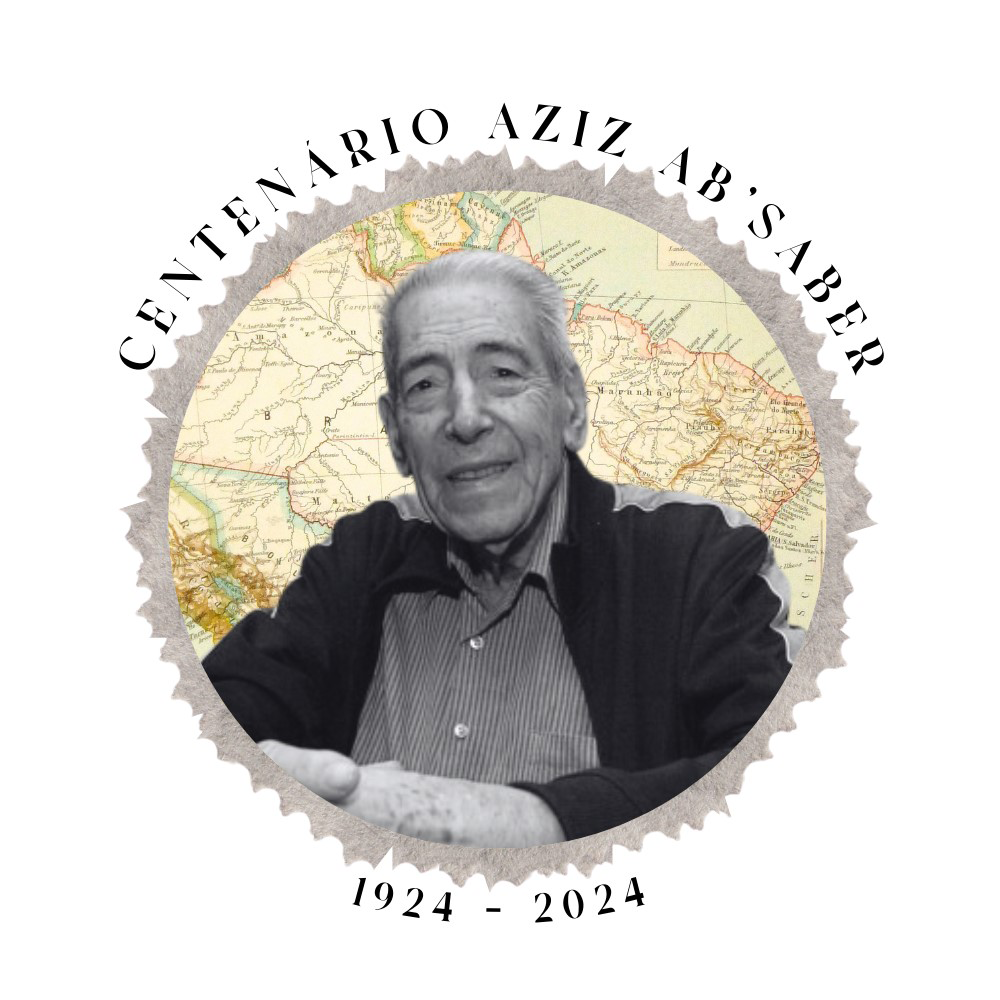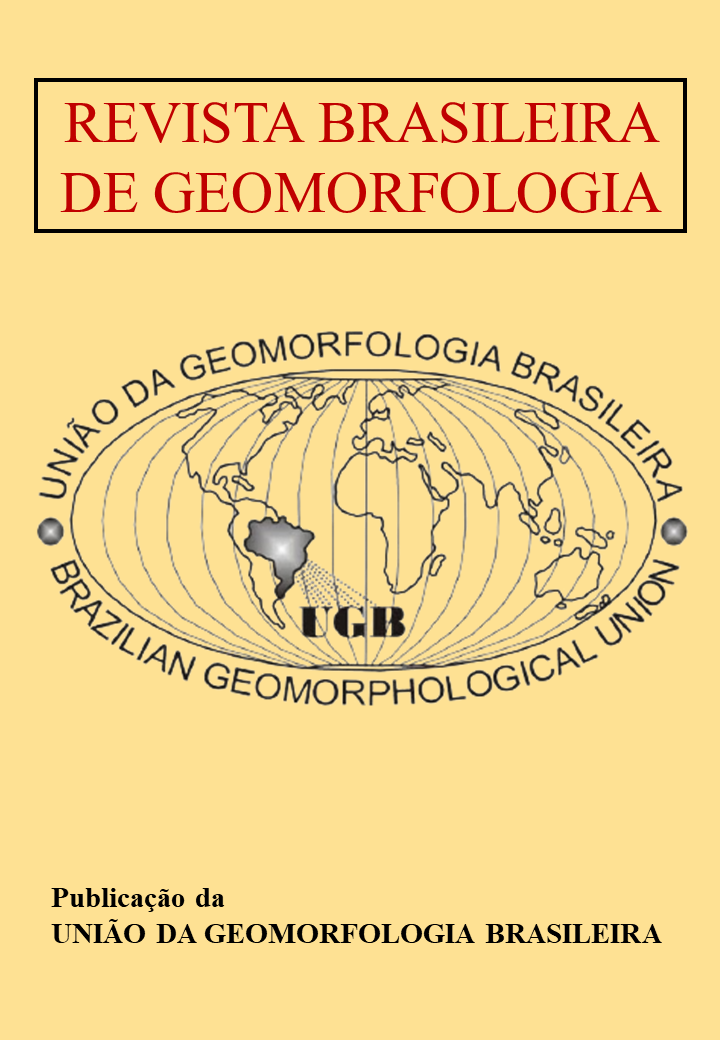Mapping relief units and geosites of Seridó UNESCO Global Geopark, Northeastern Brazil
DOI:
https://doi.org/10.20502/rbg.v25i4.2615Palavras-chave:
Geodiversity, Geomorphological Mapping, GeoheritageResumo
The Seridó UNESCO Global Geopark (SUGG) was approved in 2022. In all, the Geopark has 21 geosites, the main interest of which is geomorphological. Despite the importance of the geomorphological heritage in the SUGG territory, the area had not yet been mapped on a scale suitable for geoconservation actions by the SUGG technical staff and its scientific committee. The present work aims to identify landforms up to the fourth taxon, corresponding to types of relief forms, according to Ross's (1992) methodological proposal for the geomorphological mapping of Brazil. Landform hierarchy was established following the morphological taxon typology proposed by the RadamBrasil Project and described by Ross (1992). The first three taxons correspond to those of Diniz et al. (2017) for the Rio Grande do Norte geomorphological map. However, for this study, the fourth taxon was added. This scale and taxonomic level were considered suitable for geoconservation actions. Maps are also presented at higher taxonomic levels, with less detail, which are more suitable for geoeducation activities with schoolchildren in the SUGG territory.
Downloads
Downloads
Publicado
Como Citar
Edição
Seção
Licença

Este trabalho está licenciado sob uma licença Creative Commons Attribution-NonCommercial 4.0 International License.
Autor(es) conservam os direitos de autor e concedem à revista o direito de primeira publicação, com o trabalho simultaneamente licenciado sob a Licença Creative Commons Attribution que permite a partilha do trabalho com reconhecimento da autoria e publicação inicial nesta revista.










